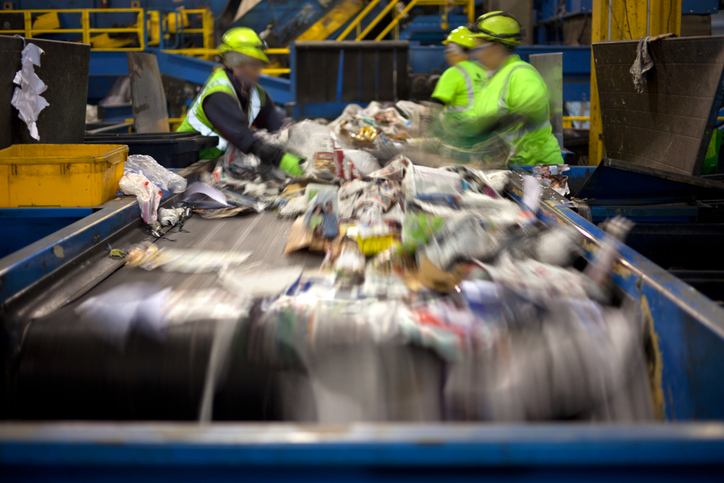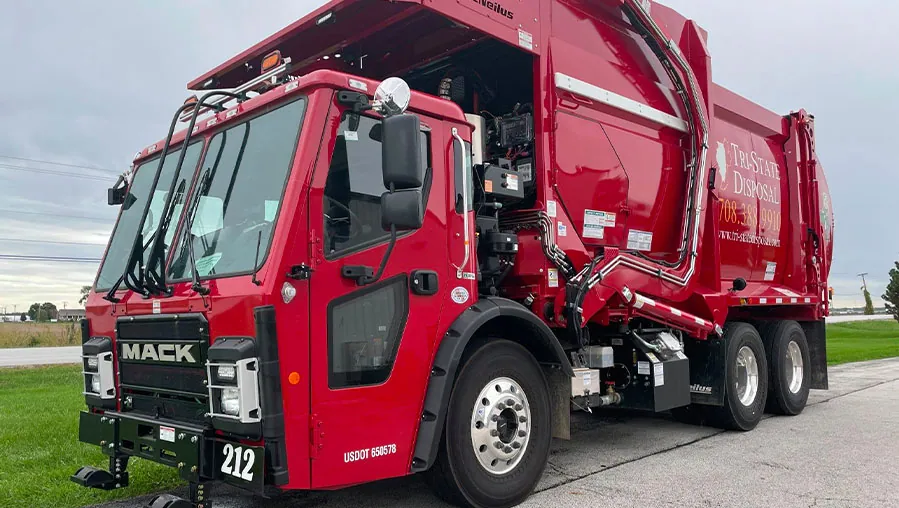Recycling is a crucial part of our efforts to reduce waste and protect the environment. While many of us diligently sort our reusable materials and place them in the appropriate bins, have you ever wondered, “What happens to recycling once it leaves the curb?” Understanding this process can improve our recycling habits and underline the importance of proper sorting. Let’s delve into the recycling lifecycle and explore what happens after the bin.
Recycling Collection and Transportation
Once your recycling is picked up from the curb, it begins at a local materials recovery facility (MRF). Trucks deliver the mixed recyclables to the facility, where they are weighed and then offloaded onto a conveyor belt for the next step: sorting.

Sorting Process
At the MRF, advanced machinery and manual labor work together to sort the materials. The sorting process is critical to ensure that each type of recyclable material is properly categorized. The main stages include:
- Initial Screening: Large items and contaminants are removed manually.
- Mechanical Sorting: Machines separate the materials based on their properties. For instance, magnets are used to extract ferrous metals, while air classifiers blow away lighter materials like paper.
- Optical Sorting: Optical scanners identify and sort plastics by type and color.
- Manual Sorting: Workers manually sort items that machines might miss or misclassify.
What Items Can Be Recycled?
Understanding recycling rules is essential for this process to work efficiently. Common recyclable materials include:
- Paper and Cardboard: Newspapers, magazines, and corrugated boxes.
- Glass: Bottles and jars (excluding window glass and light bulbs).
- Metals: Aluminum cans, tin cans, and scrap metal.
- Plastics: Bottles, containers, and various plastic products (marked with recycling symbols #1 and #2).
Contaminants such as food waste, plastic bags, and hazardous materials should never be placed in the recycling bin as they can disrupt the sorting process and contaminate recyclable batches.
Processing and Manufacturing
Once sorted, the materials are cleaned and processed into raw forms. For example:
- Paper: Shredded and mixed with water to create pulp, which is then dried and rolled into new paper products.
- Glass: Crushed into cullet, melted down, and molded into new glass containers.
- Metals: Melted in furnaces and recast into new metal products.
- Plastics: Shredded into flakes or pellets, which are then melted and remolded into new plastic items.
The Role of Recycling Facilities
Recycling facilities are vital in ensuring that recyclable materials are efficiently processed and repurposed. By turning waste into valuable raw materials, these facilities help reduce the need for new resources, thereby conserving energy and reducing greenhouse gas emissions.
From New Products to Market
The final stage in the recycling lifecycle is transforming processed materials into new products. These recycled goods are then sold to manufacturers who use them to produce a variety of items, from newspapers and bottles to construction materials and packaging. This not only completes the recycling process but also highlights the importance of recycling in supporting sustainable manufacturing practices.
Find Out More About Local Recycling
Understanding what happens to recycling after it leaves the bin helps us appreciate the complex and essential process that supports environmental sustainability. By knowing the differences in recyclable materials and how our efforts contribute to the lifecycle of materials, we can all play a part in making our planet a cleaner, greener place. Remember, proper sorting at home is the first step in ensuring the efficiency and success of recycling programs.
At Tri-State Disposal, we are committed to helping our community understand and participate in effective recycling practices. Together, we can make a significant impact on the environment, one recycled item at a time.



